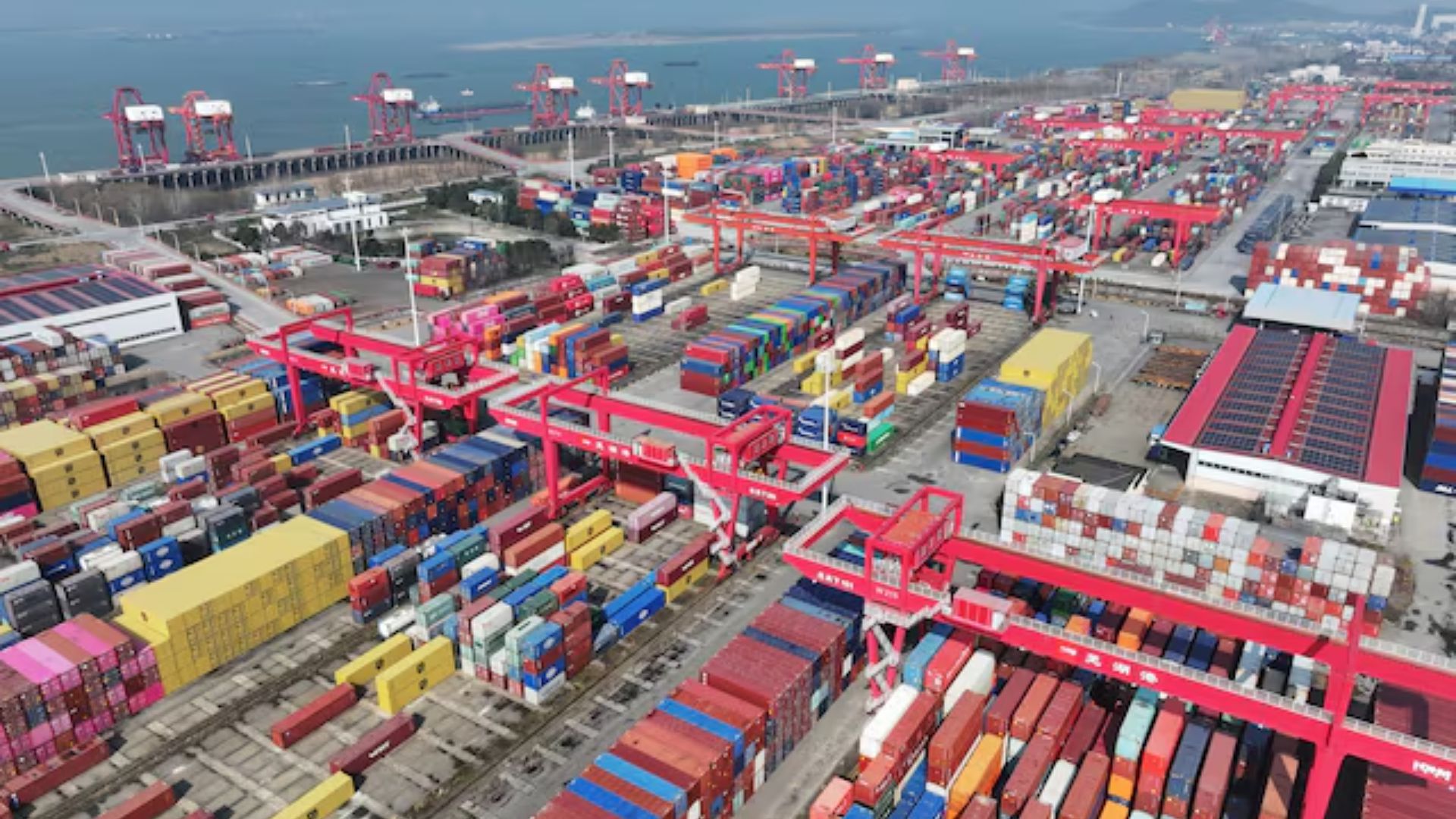Summary
- Chinese producers rush to diversify away from the U.S.
- Goods made in China to flood Europe, emerging markets-analysts
- Trend could lead to price wars abroad, economic pain at home
- Policies to support domestic demand all the more important
BEIJING/HONG KONG, (Reuters) – Jeremy Fang, a sales officer at a Chinese aluminium products maker, is trying to export more to markets in Asia, Africa and Latin America to offset the U.S. tariffs’ impact. The problem, he says, is that his competitors have the same idea.
“It will only result in a mad rat race,” said Fang, expecting his firm will have to reduce prices and accept lower profit margins. “The cake is only that big. We all want to grab a piece so the competition will get intense.”
The trade war between Washington and Beijing, which escalated this month with U.S. President Donald Trump imposing additional 10% tariffs on Chinese goods as an “opening salvo,” could deal a new supply shock to the rest of the world.
Chinese producers, facing weak demand at home and harsher conditions in the United States, where they sell more than $400 billion worth of goods annually, have no choice but to rush to alternative export markets all at the same time.
But no other country comes even close to U.S. consumption power, significantly limiting the production the rest of the world could absorb from its second-largest economy.

This will intensify price wars among Chinese exporters, squeezing their profitability, while also risking further political backlash in the new markets and fanning deflationary forces, if smaller margins result in job losses, wage cuts and reduced investment.
Frederic Neumann, chief Asia economist at HSBC, says market diversification is an understandable but unsustainable strategy.
“One risk is that suddenly every Chinese exporter will look to develop the same other markets,” said Neumann, adding it would weigh on profits.
“But the real risk is that the receiving countries might ultimately then be forced to raise restrictive measures on China, because their own producers are coming under pressure.”
Tensions are already high. Over the past year, the European Union has increased tariffs on Chinese electric vehicles while India, Indonesia and other emerging markets have raised their own trade barriers on certain Chinese products.
China is a formidable competitor in some sectors. Major electric vehicle makers such as BYD or DeepSeek’s AI platform have already made a mark on the global stage.
“We have very strong supply chain systems,” said Dave Fong, who manufactures school bags, talking teddy bears, stationery and consumer electronics in China and is investing 30-40% more on advertising and business development in Europe and Asia.
“From one idea to mass production, everything is very fast.”
But smaller firms worry about survival.
Richard Chen, who owns a Christmas decorations factory in southern China, says he operates on almost no profit margins and is unsure whether he can keep all of his 80 staff this year.
“We tried to go into Poland, but they simply don’t buy things like customers in the U.S. do,” said Chen. “This is the worst things have ever been.”

RIPPLES AT HOME
The price wars abroad risk accelerating deflationary forces at home.
A manager at a bathtub factory in Shijiazhuang, some 300km (190 miles) south of Beijing, says he is trying to sell more in Brazil and Argentina to cushion the impact of the 35% tariffs he now faces in the U.S. after the latest hike.
He said American retailers pressure him to cut prices by 10%, but he hesitates, having already slashed wages by 10-15% to stay competitive.
“There are many Chinese foreign traders in the same industry. For everyone it’s so difficult,” said the manager, who asked not to be named because of the sensitivity of the topic.

Li Yongqi, manager at Jialifu Electric Vehicle Company, which makes electric scooters and tricycles, sells mostly domestically, but expects that wage cuts and job losses at other factories, and the ongoing property crisis in China, will shrink demand at home and shave 20%-30% of his profits.
“Chinese firms in every industry are going abroad and rushing into overseas markets, then foreign governments all place tariffs and sanctions,” Li said. “Most of these factories are laying off workers to reduce costs.”
The Politburo, the Communist Party’s top decision-making body, called on industries last year to avoid destructive competition. Chinese solar panel producers have urged the government to intervene to curb overcapacity.
Alicia Garcia-Herrero, chief Asia Pacific economist at Natixis, said the only way out for China is to produce less.
“It will be very painful,” she added. “Nobody is going to take your products forever. So it’s just a choice: if you want to create more welfare, more growth, then you need to consume more.”
Neumann at HSBC says policies that boost household consumption may benefit China internationally as well.
“Ultimately, to lower trade frictions with the rest of the world … it’s also about developing domestic demand to help absorb some of the production,” Neumann said.
Reporting by Ellen Zhang and Laurie Chen in Beijing; James Pomfret in Hong Kong; David Kirton in Shenzhen; Graphics by Kripa Jayaram; Editing by Marius Zaharia and Sam Holmes











